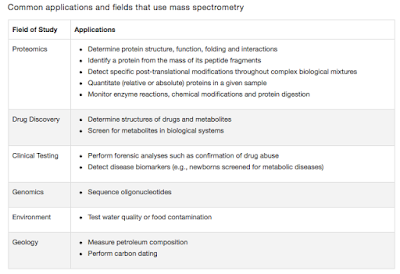Indian Influenza Outbreak: 2015- Follow up
Greetings
 |
| Fig 1: Current estimates of swine flu outbreak. |
I have previously blogged about increased number of Influenza cases being reported in India (Link). I don't have a clear official data on the numbers, and so in this case I will rely on media reports which mayn't be absolute. As of on March 11, 2015 27,234 cases and 1,537 deaths have been reported from India. The worst effected states include Telangana, Rajasthan and Gujarat. From the press release, as on March 12, 2015 a total of 1925 samples have tested positive so far with 69 deaths in Telangana. Fig 1 gives an estimate of current cases in heavily affected regions.
At the time of writing my previous post there was virtually no data available on the molecular epidemiology of current outbreak. There is a great demand to know the details of the virus especially its sequence. NIV has sequenced 4 genomes and reported that it is no different from known H1N1 stable strain. However, a stir of debate has come out with a publication claiming Indian strains carry new mutations in the hemagglutinin protein that are known to make the virus more virulent. The reported mutations of concern are D225, which has been linked with increased disease severity and T200A which allows hemagglutinin to bind more strongly to glycan receptors.On the other hand the health ministry states, ""The virus has not undergone any major mutation so as to make it more virulent and nor has the HINI virus become resistant to the mainline drug Tamiflu".
Now here is the catch that has not been prominent in the headlines everywhere. The published research study is based on isolates from 2014 strains. NIV has sequenced less than a handful and there is no real time monitoring data. It is very hard to draw a conclusion form both sides of the argument. There were a few reported case of oseltamivir-resistant H1N1 reported from Hokkaido, Northern China, U.S and Australia. The past outbreaks of resistant flu havent appeared in literature and probably safe to say its not a potential problem yet. To make any conclusive statements we need more sequences. In fact a lot more sequence. In addition, India should consider active influenza vaccination like that of other countries.
As Alfred H. Caspary puts it, "We're really caught between a rock and a hard place, with little information and a lot of misinformation. When you do real-time surveillance, get organized, and deposit these sequences, then you can come up with a better strategy to respond to the virus." Source
And for those people who are worried of this outbreak, simple sanitary measures and hygiene will go a long way. Influenza is not as dangerous as it is posed to be.
Kannan Tharakaraman, Ram Sasisekharan (2015). Influenza Surveillance: 2014–2015 H1N1 “Swine”-Derived Influenza Viruses from India Cell Host and Microbe, 17 (3) : doi:10.1016/j.chom.2015.02.019





Comments
Post a Comment